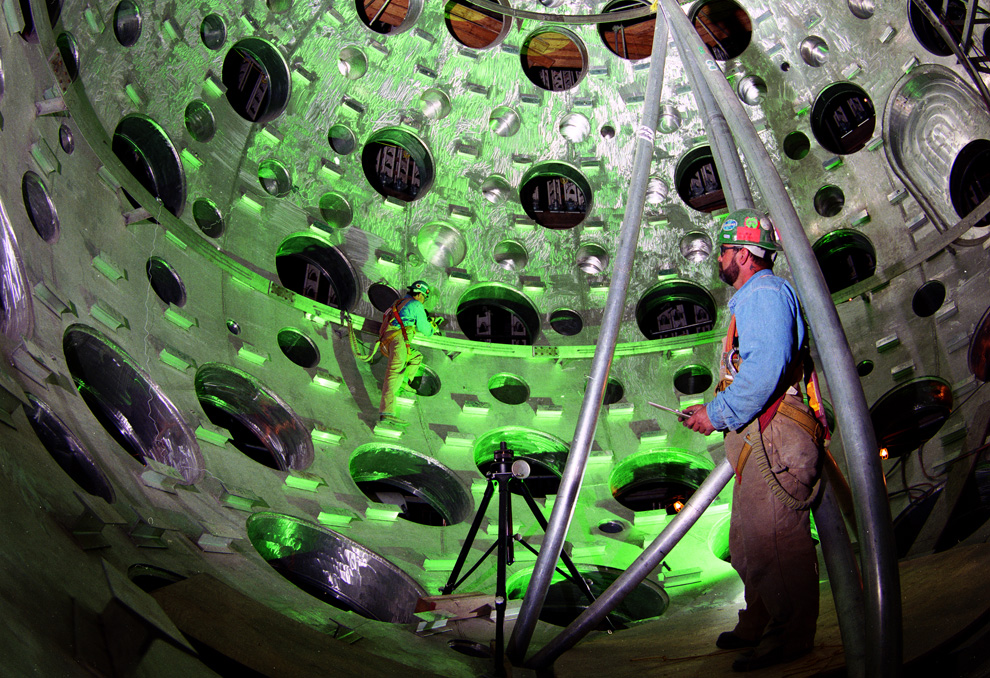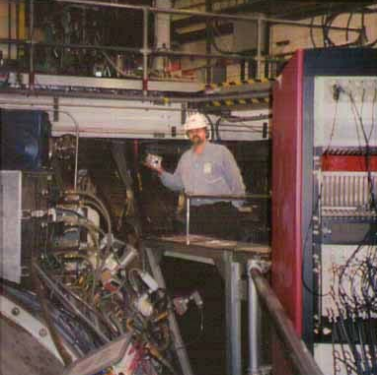
Sonofusion Returns To Mainstream Science
Sonofusion occurs when one makes use of the concentrating power of a collapsing microscopic bubble(s) to attain uncommon states of matter.
Hydrogen in the bubble becomes ultra-dense exceeding the density of metallic hydrogen
When deuterium is present the ultradense deuterium readily engages in cold sonofusion
Those few of us who have been reporting on the clear signal of nuclear fusion in our sonofusion experiments over the past 20+ years have been openly ridiculed and attacked by the high priests of physics and fusion. (Behind the scenes many have invited us into the top labs on earth to demonstrate the impossible.) Those pundits whose reputations and monumental budgets have been threatened by our vastly more promising and productive fusion, in experiments costing hundreds of dollars instead of hundreds of millions even billions of dollars, are today crumbling. As Shakespeare’s admonition said, “truth will out”. And indeed in the case of sonofusion, our day has come.
Perhaps we will live long enough to prove one of physics greatest, Max Planck, wrong. It was Planck who admonished us that science only progresses one funeral at a time. Arrrggh! My hair keeps getting more gray.

Super Laser Fusion machine containing 192 of the world’s most powerful lasers… still no significant fusion
Controlled nuclear fusion has been the dream of energy scientists the world over for more than 50 years. It promises limitless, clean energy using the most abundant element on Earth and in the Universe hydrogen as fuel.
Aside from the horrifyingly successful hydrogen bomb of Edward Teller which is a hot fusion bomb, efforts to create and contain hot fusion have focused on spending astronomical amounts of money to build vast assemblies of high-intensity lasers, magnetic fields capable of sucking the fillings out of your teeth, and super-hot hydrogen plasmas that puts the temperature of our sun to shame.

Here I am with my sonofusion reactor in hand standing on the General Atomics HOT fusion Tokamak. My device cost under $500 to make the Tokamak ‘stage prop’ cost more than $5 billion. The photo of me there on the Tokamak was my payment for my collaboration with GA.
For a very few of us, we have followed a much more humble alternative. It’s called sonofusion, and it involves blowing bubbles with sound waves. A favourite colleague in the field is Prof. Rusi Taleyarkhan who refers to his work as “Acoustic inertial confinement fusion” the signature from his sonofusion is the observation of abundant neutrons.
Nuclear fusion is the process through which the atoms are fused together to make larger atoms. The most common form of fusion in the universe and this fusion is the abundant source of energy in the universe and is at its most basic level fusing two atoms of hydrogen together to make one atom of helium.
The helium atom has just a tiny bit less mass than the two hydrogen atoms that made it and this missing mass converts to a huge amount of energy, as predicted by Einstein’s favorite equation E=MC². Fusion is the beating heart of every star in the heavens and it one day soon will help every heart on earth beat more safely.
Atom-Ecology Sonofusion

Cavitation induced cold fusion palladium target clearly melted while immersed in circulating heavy water.
In my own work in this field, I have observed the dramatic melting of target metals upon which asymmetric cavitation of heavy water, D2O, was used to produce sonofusion. Such experiments have been conducted in my own lab(s) as well as taken by me lock stock and barrel to prestigious outside labs for demonstration and assistance using scientific resources unique to those labs. Melting and burning the refractory metals such as palladium and titanium that I immerse in circulating heavy water is a common feature of my work.

Micro volcano-like eruptions of palladium metal from asymmetric cavitation sonofusion experiments. The energy required to produce such melting events on thin 100 micron thick foils immersed in heavy water demands a nuclear process.
Along with the melting events which are observed both macroscopically and microscopically the experiments make prodigious anomalous heat far in excess of energy input which is often sustained for weeks at a time. I have identified the production of helium that is released into the liquid as well as being characteristically trapped deep within the metals producing features common to metals which are undergoing alpha radioactive decay and which are neutron irradiated so as to produce helium via N-alpha spallation.

Helium loop punching as seen in nuclear metals such as Californium as seen on the left and in my Palladium metal as seen on the right is an irrefutable signature of fusion. To confirm this helium I sent samples of metals were to several national laboratories specializing in the quantitative measurement of helium in such metals which found helium in large and dramatically shifted isotope ratios.
In addition to helium, spectacular isotope shifts of high Z metal nuclei is also observed. Assisting in my work have been the Electric Power Research Institute, Los Alamos National Laboratory, Pacific Northwest National Laboratory, US Naval Research Lab, US Bureau of Mines Helium Lab, Rockwell International, Lockheed Martin Palo Alto research lab, SRI International, Charles Evans material science laboratory, and the National Institute for Electron Microscopy.
Welcome newcomers to Sonofusion
Markus Stokmaier from Germany’s Institute for Nuclear and Energy Studies, wrote in 2012, “it can still make sense to try to pose the sonofusion question to mother nature experimentally.” He praises Taleyarkhan’s work and experimental set-up while making suggestions for improvements to the devices used to make it work better in the future.
Very recently sonofusion has been picked up by a number of newcomer businesses. First Light Fusion, is a spin-out of scientists from the University of Oxford. They state they are “studying the use of intense shockwaves to crush gas-filled cavities, inducing asymmetric collapses that concentrate energy in space and time.” They also claim to have “demonstrated the formation of a sonically induced inertially confined plasma in a completely new and worldwide-unique geometry.” Like so many new companies they are reticent to give credit to pioneers who came before them like Taleyarkhan and myself. That’s okay out here on the frontiers of science the more the merrier.
Another start-up coming out of State College, in Pennsylvania,is Quantum Fusion reports they use high-pressure fields in liquids to produce powerful bubble collapse creating fusion conditions. Yet another newcomer startup is in Reno, Nevada. It is Burst Energies which says it has “achieved cavitation under extremely high static pressure… capable of effecting unprecedented alterations of materials, molecules and ultimately atoms for the production of fusion energy.” In Buxton, Maine, NanoSpire has announced on it’s web site “successful completion” of proof-of-concept experiments that show bubble cavitation could drive fusion reactions. There are, according to other sources, military (most likely Navy) labs working on the technique. Certainly, the US Navy has done much work and provided great assistance to me in this field over the years as have a number of the major national labs in the USA and abroad.
It’s high time the incredibly promising sonofusion comes of age and attracts other researchers to join with the very few like myself and Taleyarkhan who have been toiling on as pioneers in the field. Sonofusion scares most in science away as the results of prodigious fusion energy production without dangerous penetrating radiations takes it scarily close to the world of cold fusion. It’s too bad that so many loyal followers of classical nuclear science dogma find new discoveries on the frontier threatening instead of enticing. But that duck and cover and criticize have always been the bane of science.
As Max Planck once said in response to a question as to when his scientific peers would embrace his discoveries he said, “never, the old guard will have to die and a new generation of scientists will have to take their place before the work is accepted.” He was sadly quite correct in this pessimism of the nature of science and scientists.
Additional reading: Gizmodo Magazine – Sonofusion